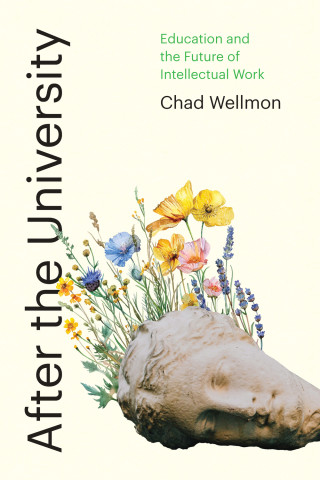
Reviews
[Olivas's] treatment of this complex subject is well done and easy to follow.
Olivas resoundingly justifies why more scholars should recognize the political and sociological factors influencing courts today and vice versa. This book successfully chronicles some of the constitutional hallmarks within higher education during the past half century and justifies a broader examination among legal scholars for the future, as issues related to intellectual property, commercialization in athletics, and others predictably will reach this nation's highest court.
This book successfully chronicles some of the constitutional hallmarks within higher education during the past half century and justifies a broader examination among legal scholars for the future.
This volume is an excellent introduction to areas of discrimination law that affect postsecondary education. It would be useful for law collections with both extensive and limited holdings in education or discrimination law and those that support graduate programs in educational administration.
This is an extremely significant book. It is clearly written and reflects Olivas’s extensive experience and broad expertise, especially his uncommonly perceptive view of an increasingly litigious campus environment.
Book Details
Preface
Part I
1. A Primer on Higher Education Law in the United States
2. A Brief History of Higher Education Litigation in the United States Supreme Court
3. Making It to the Supreme Court and the Rise
Preface
Part I
1. A Primer on Higher Education Law in the United States
2. A Brief History of Higher Education Litigation in the United States Supreme Court
3. Making It to the Supreme Court and the Rise of Purposive Organizations
Part II
4. The Traditional Model of Higher Education in the Litigation Spotlight: United States v. Fordice
5. Hopwood v. Texas: "A University May Properly Favor One Applicant Over Another Because of His Ability to Play the Cello, Make a Downfield Tackle, or Understand Chaos Theory"
6. Abrams v. Baylor College of Medicine: Jews Need Not Apply
7. Axson-Flynn v. Johnson: "Talk to Some Other Mormon Girls Who Are GoodMormons, Who Don't Have a Problem with This"
8. Location, Location, Location: Richards v. League of United Latin AmericanCitizens and the Cartography of Colleges
9. Clark v. Claremont University Center: "I Mean, Us White People HaveRights, Too"
9. The Developing Law of Faculty Discontent: The Garcetti Effect
Conclusion: My Friends, Special Programs, and Pipelines
Appendix A: Annual Reviews of Higher Education Law
Appendix B: United States v. Fordice, 505 U.S. 717 (1992) Case History
Notes
Bibliography
Index






